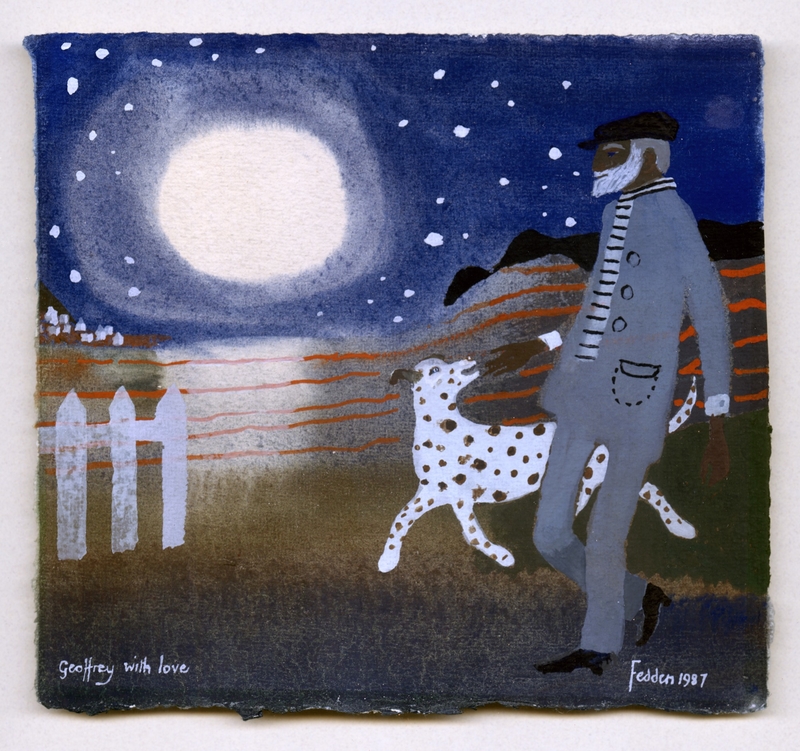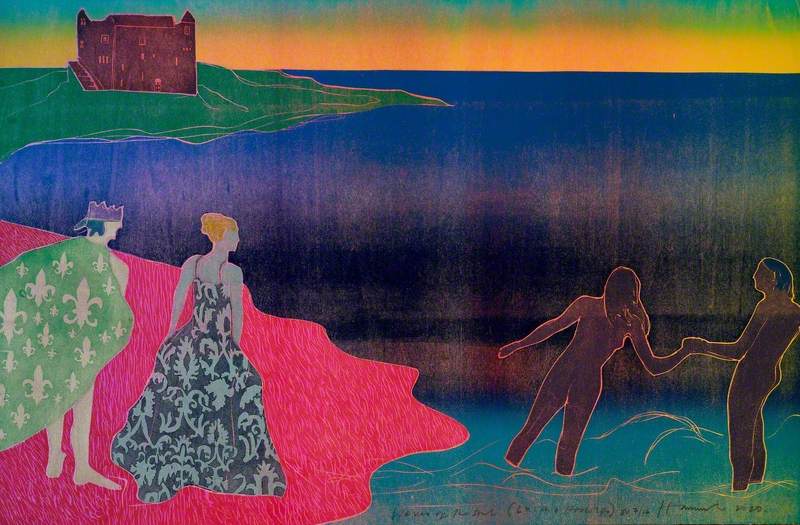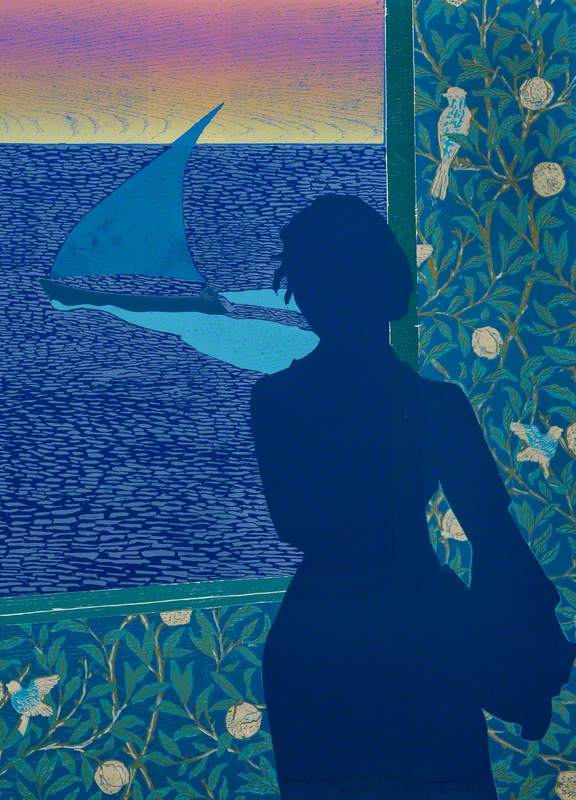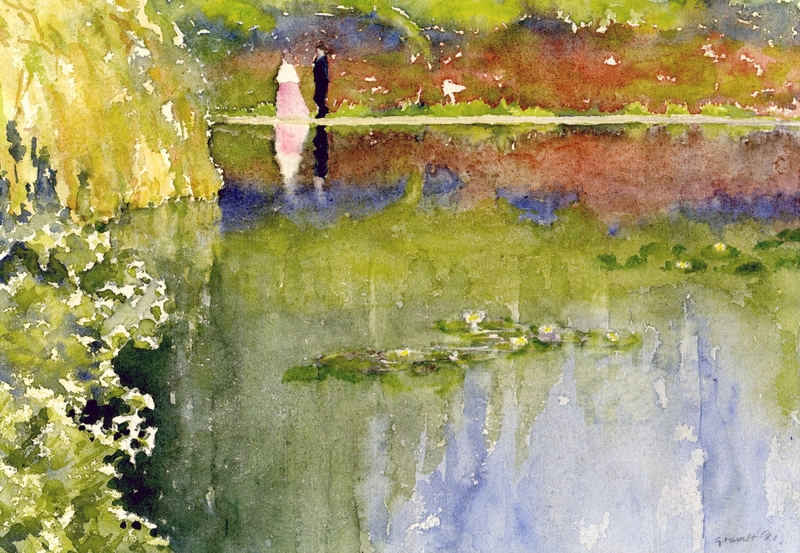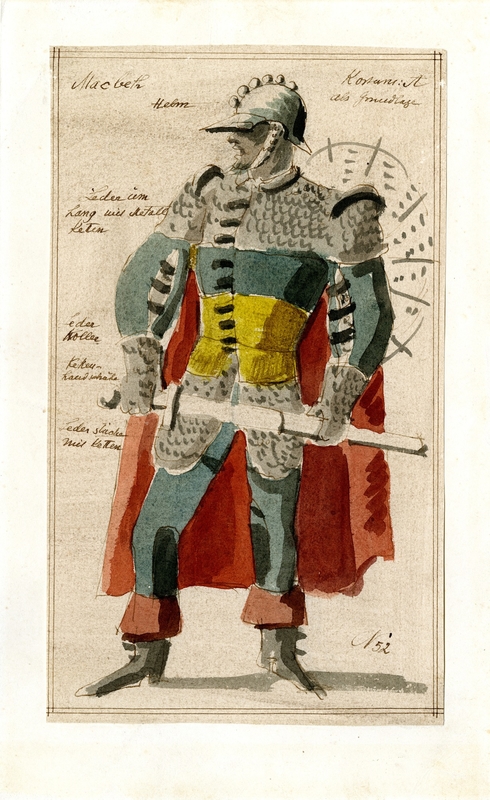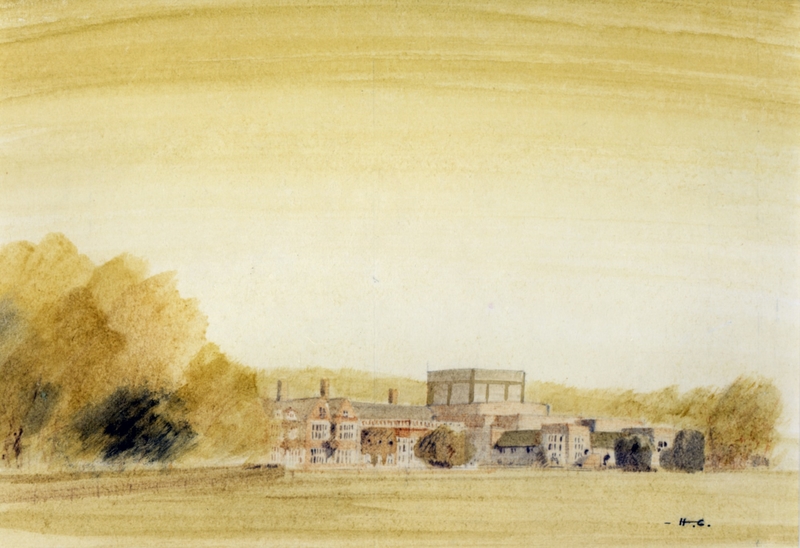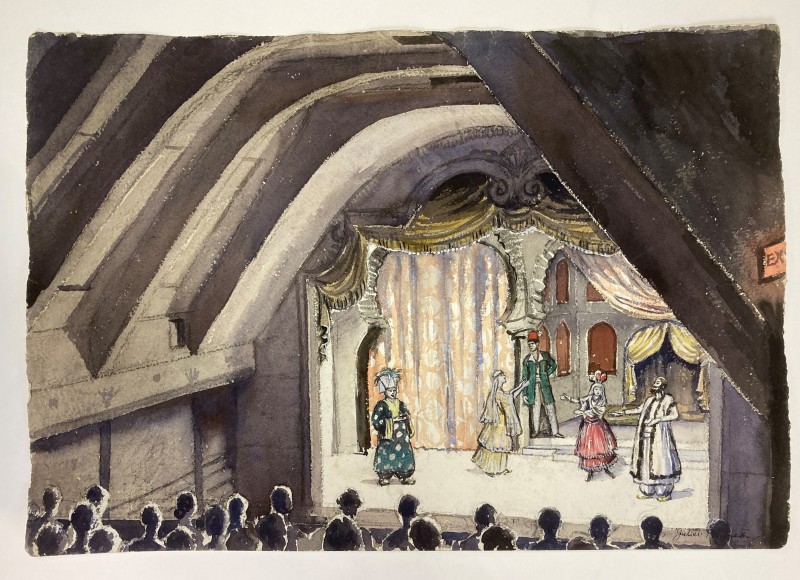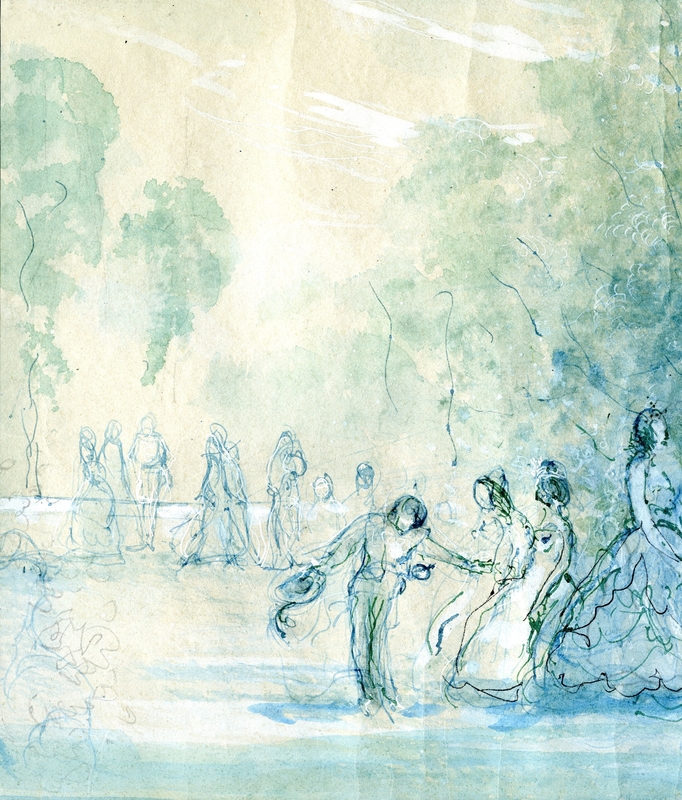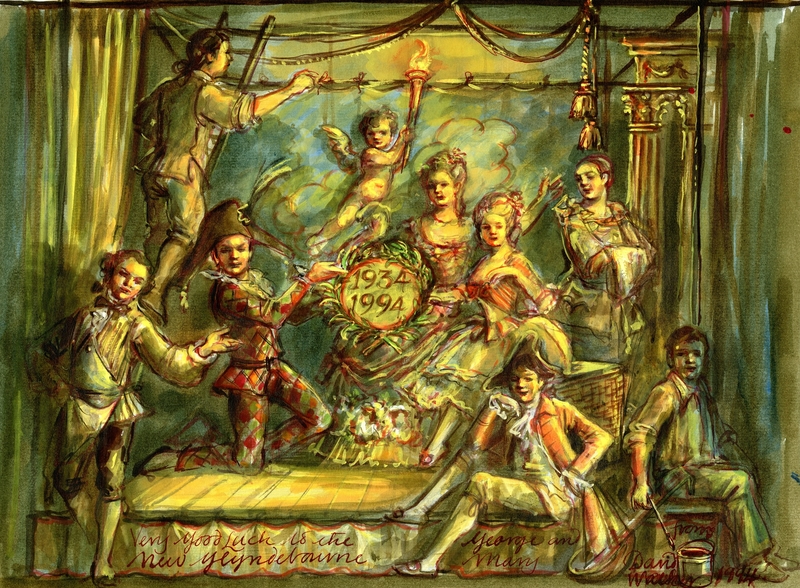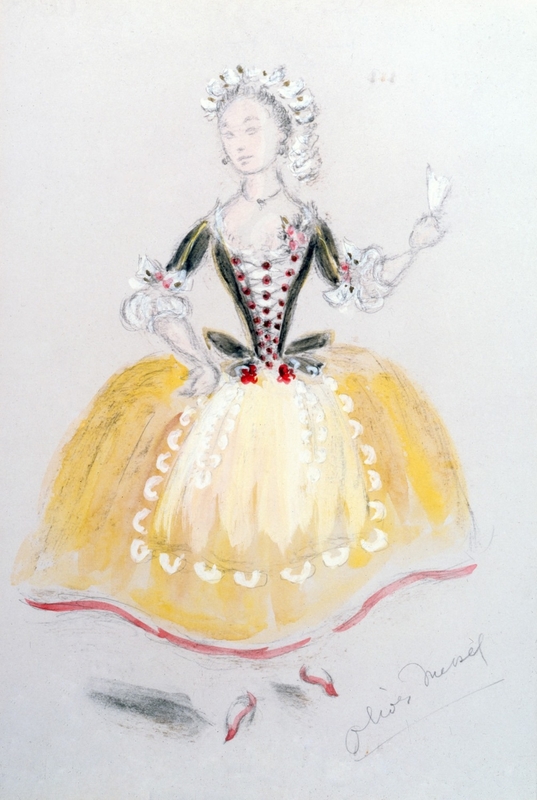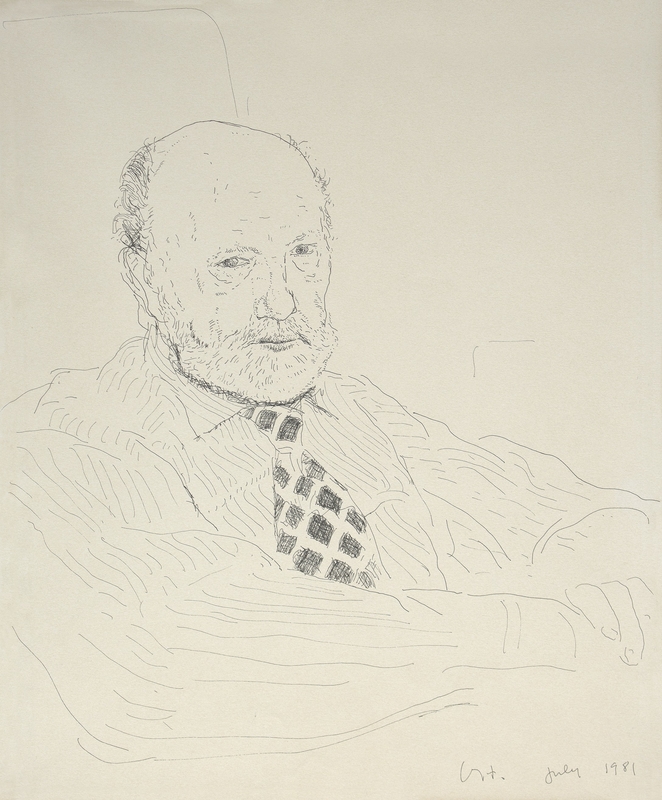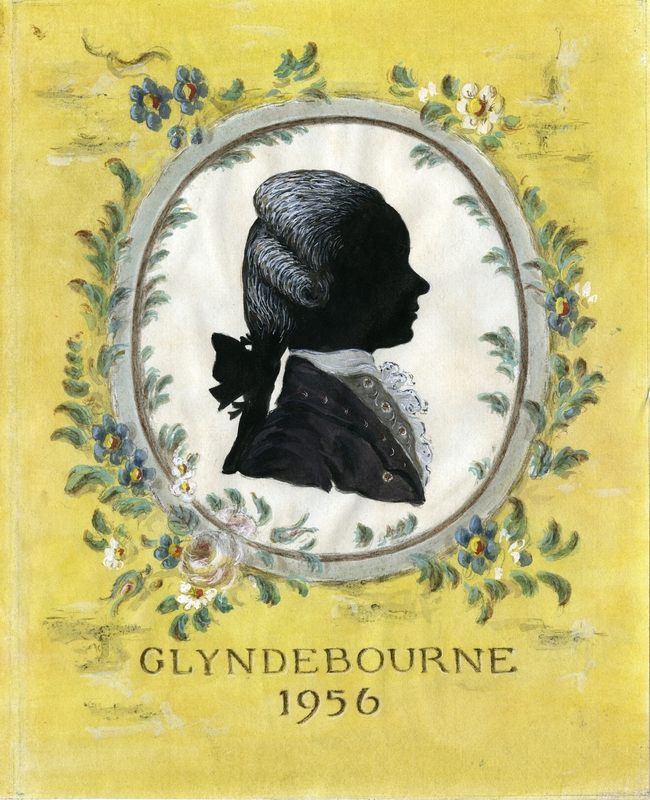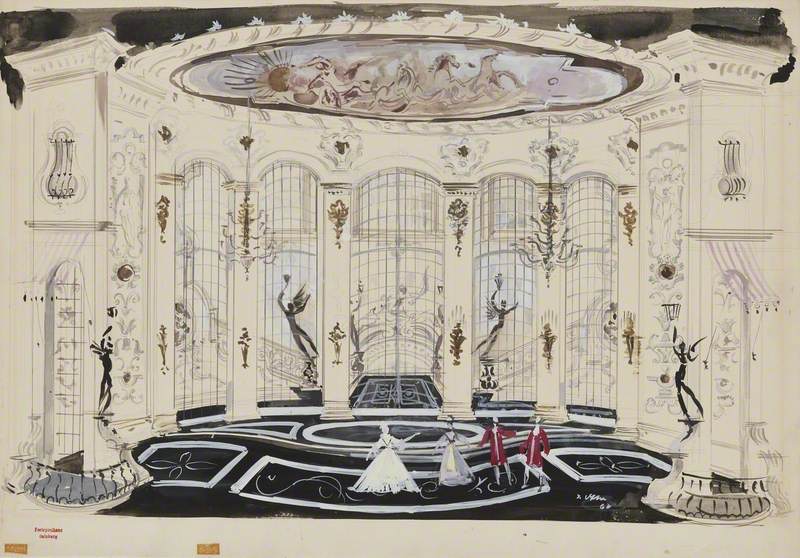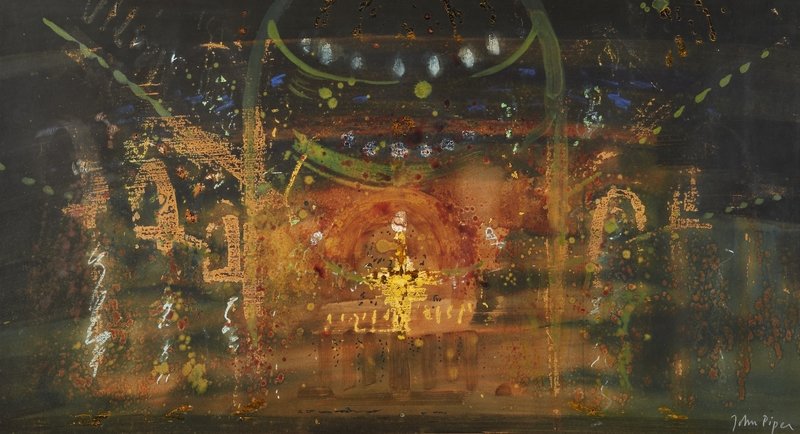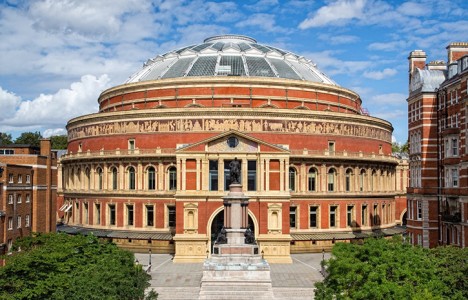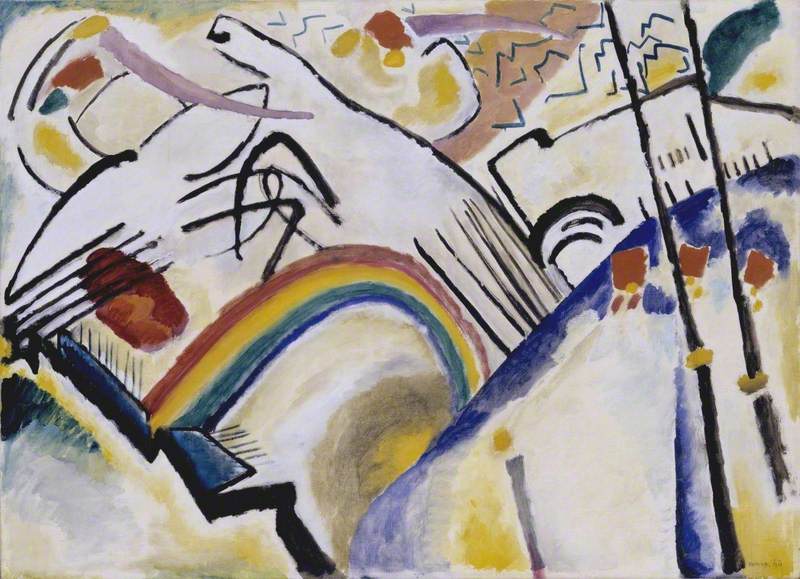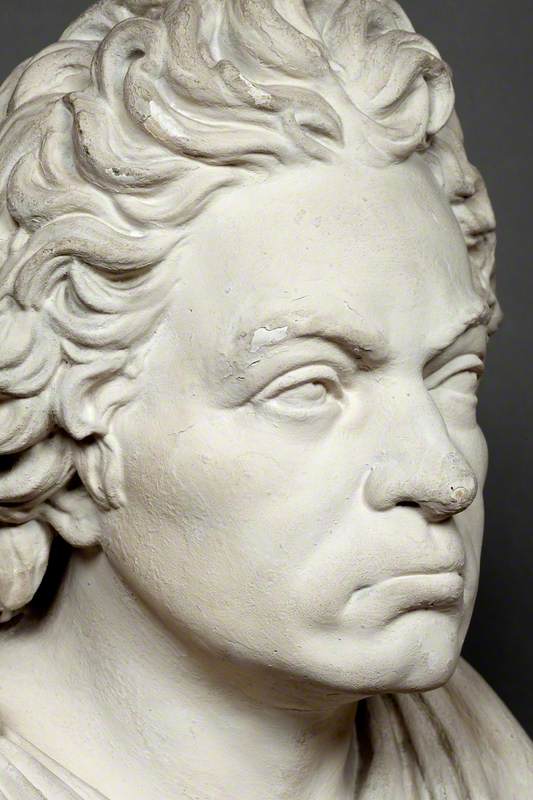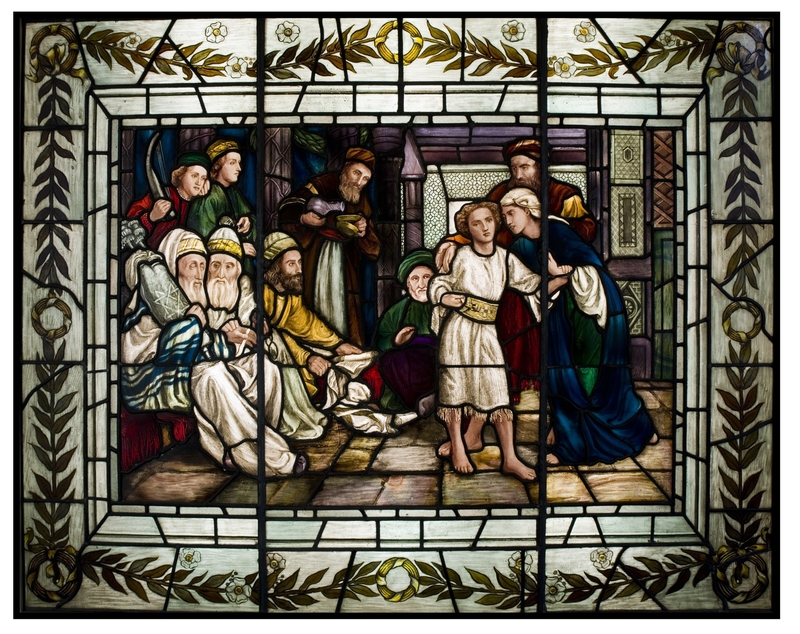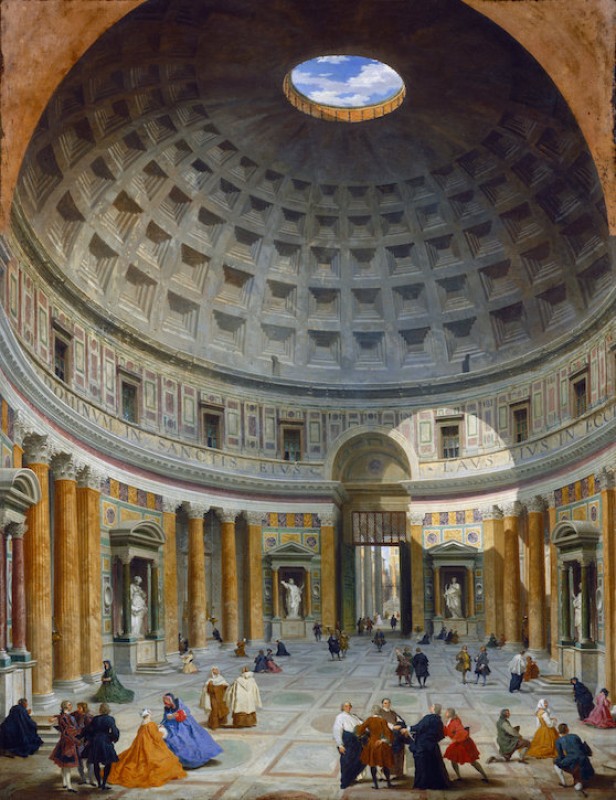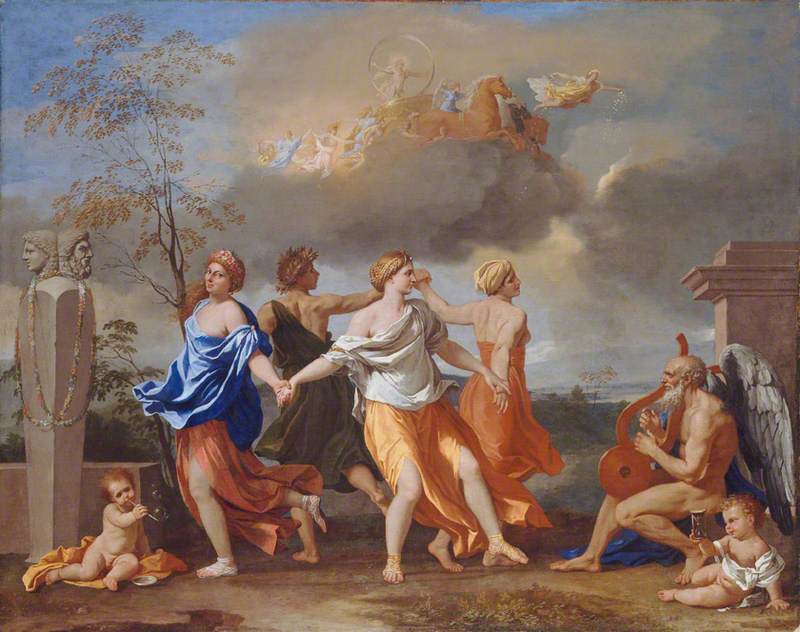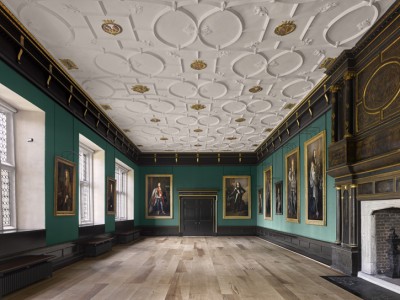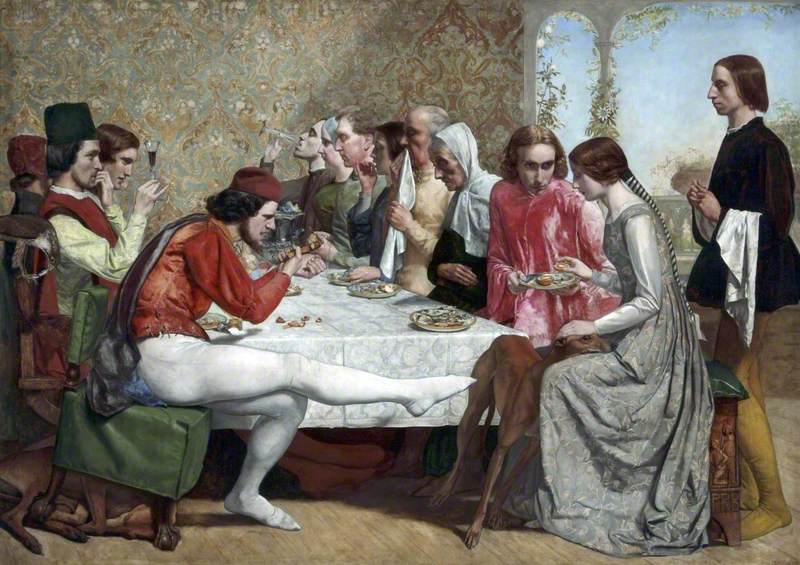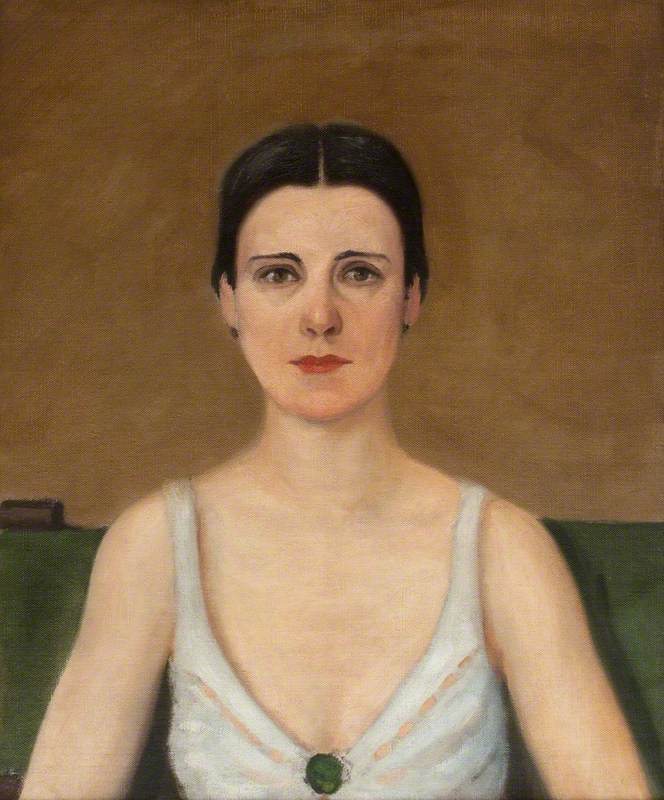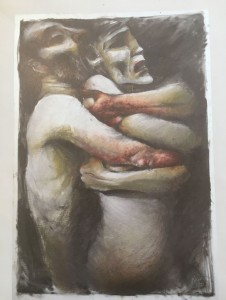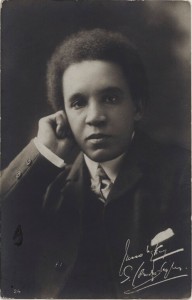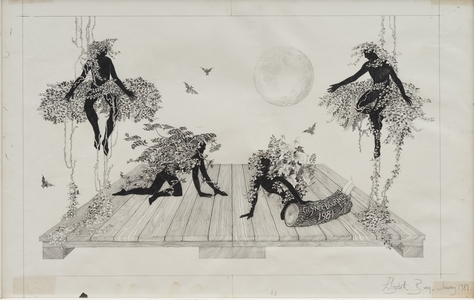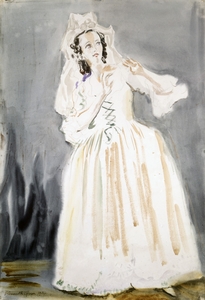Founded in 1934 by John Christie and Audrey Mildmay, Glyndebourne is one of the finest and most celebrated opera houses in the world. In addition to performing world-class opera, Glyndebourne has a nationally important opera and theatre archive that holds artworks, designs, props, costumes, and photographic collections in addition to paper-based records.
During Glyndebourne's history, the various combinations of talent have produced a continuity of styles that has resulted in Glyndebourne being like no other opera house or theatre in the world. The evolving mixture of directors, producers and designers has contributed to a unique experience. Of designers, the list of influential and iconic names that have worked on productions is staggering, including Hugh Casson, Oliver Messel, Rosemary Vercoe, David Hockney, Emanuele Luzzati, Maurice Sendak, John and Elizabeth Bury and Paul Brown. All of which are represented within the collections held by the Archive.
Glyndebourne's collection of fine art and designs are largely the result of the collecting foresight of a small number of people, most notably Audrey Mildmay, Moran Caplat, Geoffrey Gilbertson and John Cox. Each had an archival/collectors' mentality and had befriended, charmed and encouraged key artists and designers who would contribute to Glyndebourne's success.
John Christie and Audrey Mildmay were close friends of Oliver Messel, who designed over ten productions for Glyndebourne between 1950 and 1962. During his time at Glyndebourne, he found great success in designing for Mozart and Rossini operas and would design the first Glyndebourne programme cover in 1952 as well as enlisting his nephew, Antony Armstrong-Jones (Earl of Snowdon), as a production photographer for a short period of time. His works held at Glyndebourne include his designs for Idomeneo (1951) and La Cenerentola (1952), all of which depict Messel's typical artificial baroque and rococo styles that translated effortlessly to the stage, conveying a strong sense of richness through the characteristic use of gold, purple and white. Even the original frames and mounts are theatrical, excessive and sumptuous. Glyndebourne is fortunate enough to have been gifted some of these works by Messel, whilst others were bequeathed and presented by friends he made whilst working at Glyndebourne.
One of the most iconic productions in Glyndebourne's history is Stravinsky's The Rake's Progress designed by David Hockney in 1975. Hockney also designed a new version of Die Zauberflöte in 1978, his second production for Glyndebourne. Though Glyndebourne holds no original designs for these productions, a particularly important work in the collection is a line drawing by Hockney of Moran Caplat who was general manager at the time. Completed in July 1981, the same year as Caplat's retirement from Glyndebourne, Hockney captures Caplat looking remarkedly relaxed, at a slight angle, though looking directly at the artist, seated in his desk chair. Hockney would later go on to accept a rare commission, his first for 31 years, to paint the portraits of Sir George and Lady Mary Christie in 2002 (now in the National Portrait Gallery), both of whom remained friends with the artist until their deaths.
The scope of the art and design holdings goes beyond production designs. A highlight of the collection is the original designs, both realised and unrealised, of the Glyndebourne programme books. The programme book, somewhat iconic in its own right, has been a feature at Glyndebourne since it was first published in 1952, and though it was set designers that initially created the covers such Messel, Osbert Lancaster, Erté, Sue Blane and Emanuele Luzzati. Recent years has seen contemporary artists including Mary Fedden, Raqib Shaw, Peter Doig, Georg Baselitz, Chris Ofili and Grayson Perry contribute their art to the programme cover. The collection is fortunate enough to hold the original designs for Messel's 1956 cover, Luzzati's 1963 cover and Elizabeth Bury's 1981 cover, to name but a few.
Most of the designs held within the collection are intrinsic to the work and productions performed at Glyndebourne, though there are a few exceptions, from the very first Festival in 1934 through to recent years. The same can be said of the collection of fine art. Artworks often reflect either the operatic productions that were staged at Glyndebourne or the people who helped to realise them. A collection of paintings from contemporary artist Adam Birtwistle is a key feature of the collection (images are yet to be shown on Art UK). The son of Harrison Birtwistle (who composed the operas The Second Mrs Kong and The Last Supper for Glyndebourne), Adam Birtwistle designed the Festival programme cover in 2001 and has painted numerous portraits of individuals linked to Glyndebourne, including composers, designers, performers and directors. Within the permanent collection are portraits by Birtwistle of Sir George and Lady Mary Christie, David Hockney, American director Peter Sellars, German soprano Anja Silja and past artistic director Sir Peter Hall. Commissioned by Glyndebourne and completed in 2002, the six portraits are typical of Birtwistle's style; all are stark yet playful and instantly recognisable.
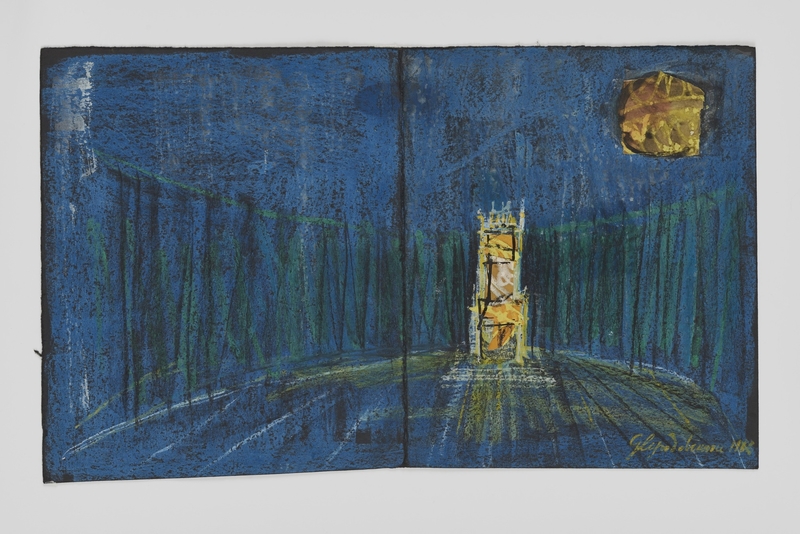
© the copyright holder. Image credit: Theo Christelis, courtesy of Glyndebourne Archive Collection
Glyndebourne Festival Programme Cover 1963
Emanuele Luzzati (1921–2007)
Glyndebourne Archive CollectionSince 1934, Glyndebourne's collecting foresight has resulted in a diverse and significant collection of art and design that is currently being reassessed and re-evaluated within the context of theatre collections with the aim of opening the collections to reach broader audiences, using it to mark significant milestones and sharing stories from Glyndebourne's history.
A selection of artwork and designs in the collection can be seen on Art UK, within temporary exhibitions at Glyndebourne, and can be viewed by appointment by contacting the archivist Philip Boot: phil.boot@glyndebourne.com
Phillip Boot, archivist at Glyndebourne
